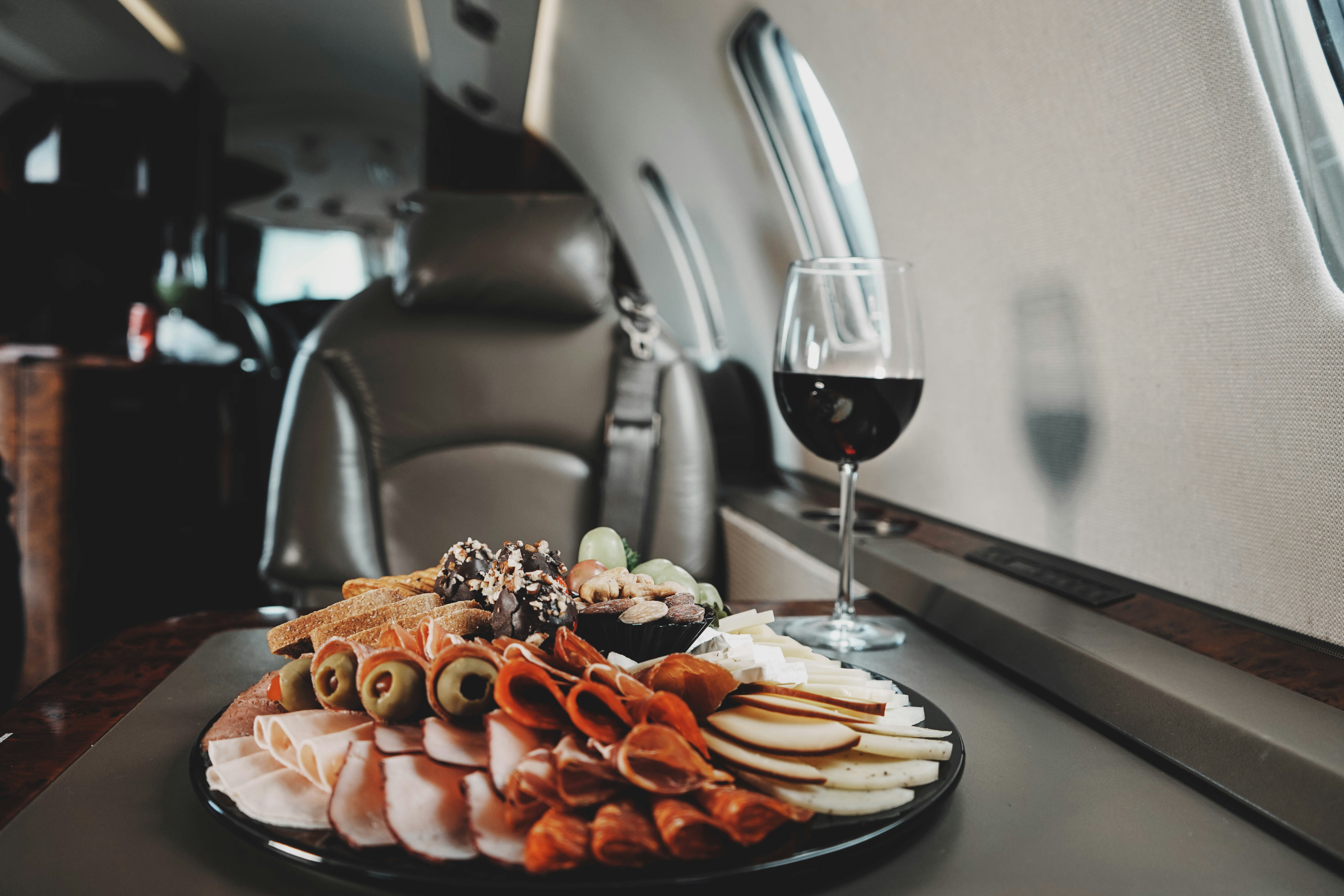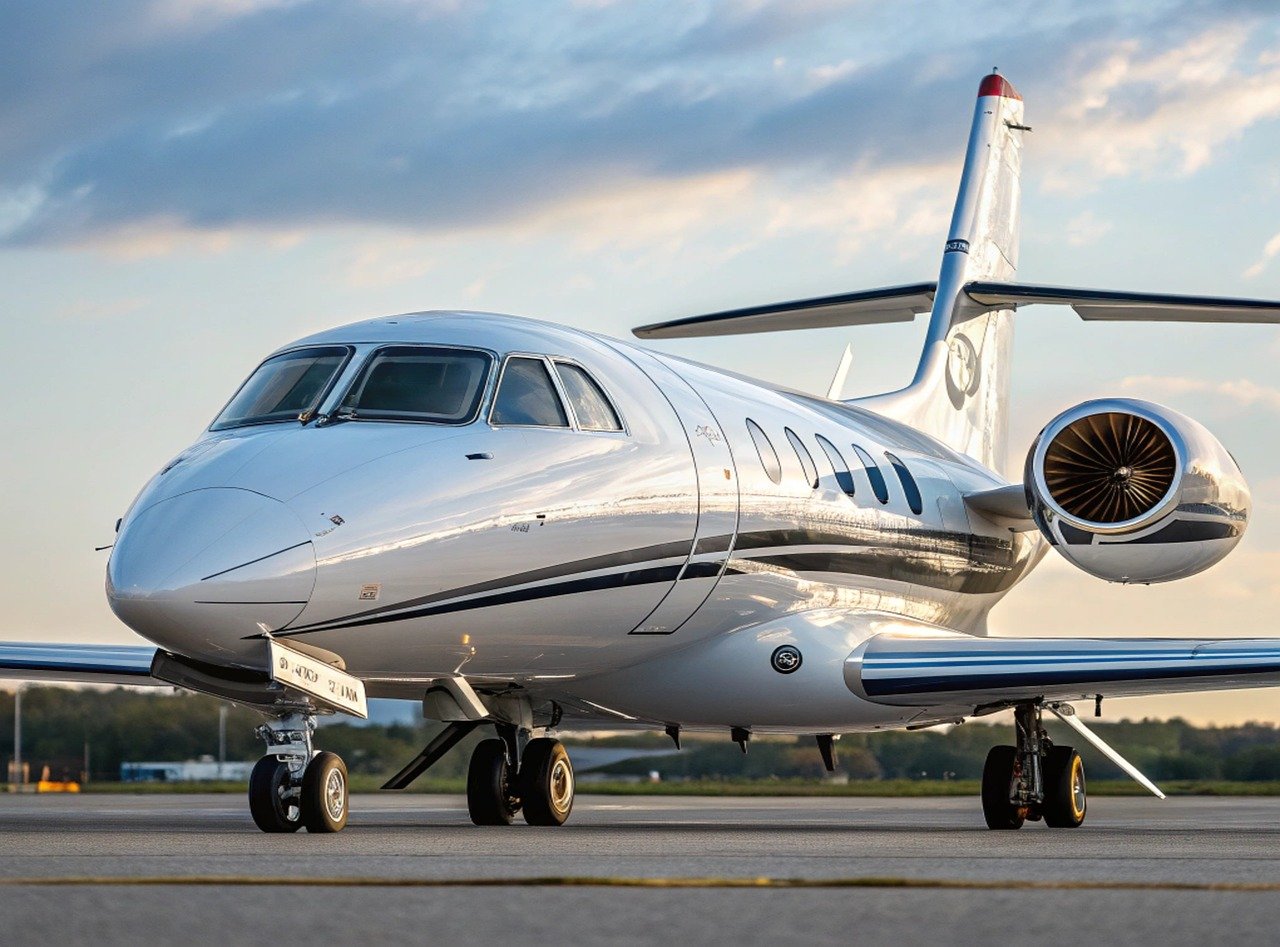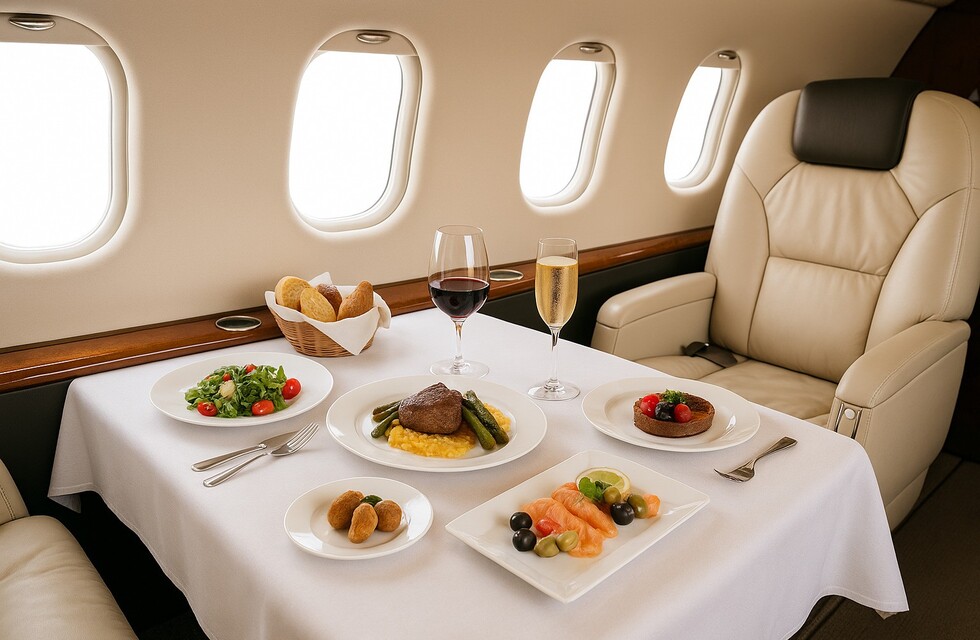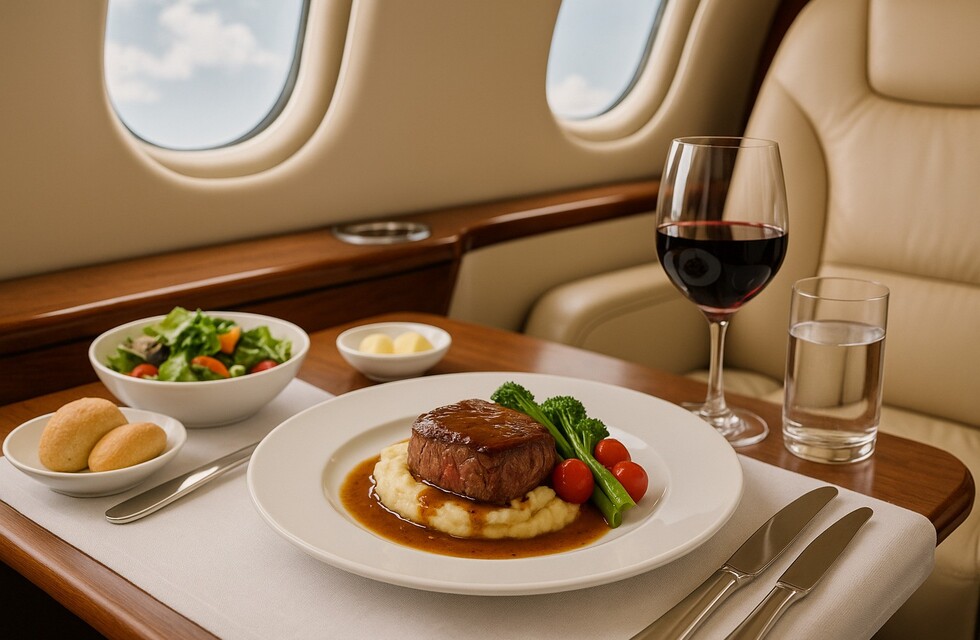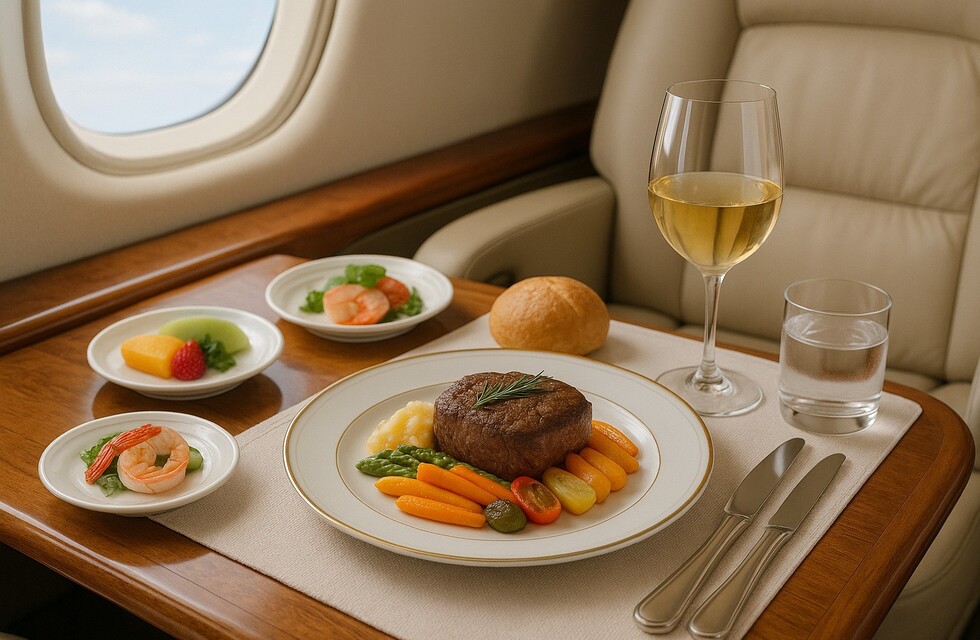The hum of the engines, the bustling cabin crew, and the comforting sense of altitude—there's something uniquely exhilarating about flying. But amidst the charm of being suspended in the clouds, one of the most underappreciated experiences on board is the meal served to passengers. Gone are the days when in-flight meals were simple, bland affairs. Today, gourmet in-flight meals are designed with precision, care, and flair, offering a culinary experience that transcends the confines of an airplane.
But how does a gourmet meal, prepared with all the skill and artistry of a fine dining restaurant, make its way to the tray tables of thousands of passengers, often at 30,000 feet above ground? The journey from kitchen to cabin is a delicate operation involving a sophisticated blend of logistics, creativity, and technology.
Step 1: Designing the Menu
The first step in the journey of a gourmet in-flight meal begins long before the aircraft takes off. It starts with a team of chefs, nutritionists, and catering managers working together to design a menu. The process of creating in-flight meals is incredibly intricate, as meals must be delicious, easy to store, and safe to consume at high altitudes.
A Balancing Act of Flavors and Practicality
One of the key challenges in designing gourmet in-flight meals is ensuring that the flavors are well-balanced and can withstand the effects of altitude. High altitudes can dull the sense of taste, so chefs often have to amp up certain flavors, particularly spices and seasonings, to ensure the dish retains its character when enjoyed in the sky. This can mean increasing the intensity of herbs, citrus, and even umami flavors, creating a meal that’s slightly more robust than what you might find at a typical restaurant.
Moreover, practicality plays a huge role in the meal's design. The meal needs to be easy to prepare in bulk, reheatable in a cramped galley, and capable of being stored for long periods without compromising quality. This requires chefs to think carefully about the ingredients and their shelf life. Ingredients that maintain their flavor and texture when chilled or frozen are chosen, and the cooking techniques are often modified to ensure that the meal will survive the reheating process.
Step 2: Sourcing and Preparation
Once the menu is finalized, the next step is sourcing the ingredients. Gourmet in-flight meals demand the same high standards as those in top-tier restaurants. From farm-fresh vegetables to sustainably sourced proteins, every ingredient is carefully selected to meet not just quality and taste standards but also health and safety regulations.
Many airlines partner with renowned catering companies or hire in-house chefs to source and prepare the ingredients. These catering kitchens are equipped with professional tools and technology, allowing chefs to prepare large quantities of food while maintaining the quality of individual portions. In fact, many airline kitchens mirror the setup of high-end restaurants, with precision ovens, sous-vide machines, and specialized cooking methods used to create each dish.
The Cooking Process
The preparation of a gourmet in-flight meal is often done in stages. Dishes that require long cooking times, such as braises or slow-roasted meats, are started days before the flight, allowing the flavors to develop. Some dishes are cooked in the catering kitchen and then flash-frozen or chilled to preserve their quality until they are reheated on the plane. Other meals are prepared and cooked on-site, close to the time of the flight, ensuring they are fresh and flavorful when they make it to the cabin.
Because of the volume of meals required, the production process involves a high level of coordination, with each dish being prepared in bulk but with the attention to detail needed to make sure every passenger has a memorable dining experience. The cooking process must adhere to airplane food safety protocols to ensure that meals are stored at safe temperatures and handled with care.
Step 3: Packaging for Air Travel
Once prepared, the meals are packed for transport. This is another critical stage in the journey. In-flight meals are packed in special containers that are designed to keep the food fresh and intact during the flight. These containers are often specially designed to be both leak-proof and sturdy enough to withstand the turbulence of air travel.
When it comes to packaging, aesthetics and functionality must go hand in hand. The meal must not only arrive looking appetizing but must also be easy to serve. Airlines use a variety of materials, from eco-friendly, sustainable packaging to traditional plastic and aluminum trays. The packaging must also be designed for efficient storage on the plane. Everything needs to be neatly organized so that each dish can be quickly accessed, heated, and served in the limited space of an airplane galley.
The packaging often includes protective layers that preserve the meal’s flavor, such as vacuum-sealing or temperature-controlled compartments. For example, delicate items such as sauces may be packed separately to prevent sogginess, and desserts like mousses or soufflés are typically chilled in protective containers.
Step 4: The Journey to the Plane
Once packed, the meals are transported to the airport. Most gourmet in-flight meals are prepared in off-site catering facilities, which can be far from the airport. These meals are then transported in refrigerated trucks to the aircraft. Timing is critical here, as the meals must be delivered fresh and remain at the correct temperature.
At the airport, the meals are loaded onto the airplane by ground crew. This process involves carefully stacking the food carts and ensuring that each cart is appropriately labeled to indicate what dishes it contains and where they need to be served on the plane. The meals are then stored in the plane’s galley, where they will await reheating.
Step 5: Reheating and Serving
Once the aircraft reaches cruising altitude, the flight attendants begin the process of reheating and serving the meals. In-flight catering equipment is quite different from what you would find in a typical restaurant kitchen. The airplane galley is a compact and high-tech environment designed for speed and efficiency. Here, meals are heated in convection ovens or specialized microwave units designed to maintain the integrity of the dish.
Gourmet meals require precise temperature control to ensure they are heated evenly without losing their taste or texture. For example, delicate fish dishes need to be heated gently, while heartier meals like braised meats may require more intense heat. The flight attendants are trained to handle each meal with care, ensuring that it is served at the right temperature and in an appealing presentation.
When the meal is ready, flight attendants bring it to passengers’ seats, offering them a dining experience that’s nothing short of extraordinary. Whether it’s a beautifully presented entrée or a hand-crafted dessert, the goal is to provide a culinary experience that elevates the flight and leaves passengers with a sense of satisfaction.
Step 6: The Aftermath
Once the meal has been served and the plates cleared, the journey of the in-flight meal doesn’t end. The packaging and leftovers are collected, and any remaining food must be disposed of or recycled according to airline protocols. Airlines are increasingly adopting sustainable practices to minimize food waste, often partnering with local charities to donate excess food.
The feedback from passengers is also an important part of the process. Airlines track customer satisfaction to continuously refine their menus and improve the dining experience on board. This constant cycle of feedback and improvement helps ensure that every gourmet in-flight meal remains a cut above the rest.
Conclusion
The journey of a gourmet in-flight meal is far more complex than many realize. From the kitchen to the cabin, each meal is the result of meticulous planning, preparation, and coordination. It’s a seamless process that blends culinary expertise with cutting-edge logistics, all to create a dining experience that can make any flight feel like a special occasion. So, the next time you buckle up and sit down for a meal in the sky, take a moment to appreciate the journey that dish has taken—from the hands of expert chefs to your tray table, 30,000 feet above the ground.

